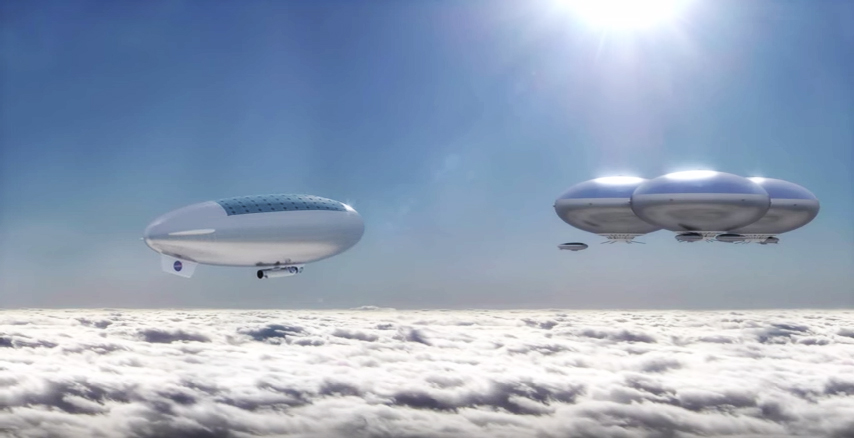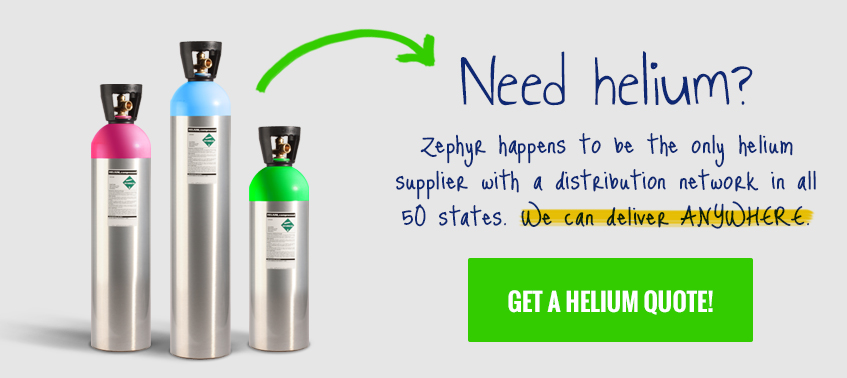We may have just found water on Mars, but will that be the planet we go to? NASA has wild plans for exploring Venus using a manned helium airship.
Closer, warmer neighbor
Our nearest neighbor, Venus, is about 25 million miles away from Earth compared to Mars at 34 million. A Venus round-trip could be completed months, even years quicker than a trip to Mars and back.
The problem with Venus is that it’s insanely hot and heavy there. Where Mars averages a chilly -80°F, Venus averages 900°F at the surface. The atmospheric pressure on Venus is also bone-crushing – 92 times more dense than Earth.
But that’s on the surface.
An environment in the sky
About 31 miles above the surface of Venus, an atmosphere similar to Earth exists. The pressure and gravity is nearly equivalent, the solar radiation is like ours, and the air temperatures average about 167°F.
OK… still pretty hot, but manageable, considering the hottest recorded temperature on Earth was 165°F (which happened this year in the Middle East).
But how would a human live in the Venusian sky?
HAVOC: A new way to “land”
Since the moon landing, we’ve been accustomed to the concept of ship entry, descent, and surface touch down. NASA’s High Altitude Venus Operational Concept (HAVOC) concept is not designed to land on Venus, but to deploy a giant helium airship over it from a kind of pill capsule traveling at an insane rate of speed.
Once entering the atmosphere at 4,500 miles per second in an “aeroshell,” the astronauts would then crack open their shell and deploy, unroll, and inflate a massive, 400-foot-long helium airship in mid-air.
Once deployed and comfortably situated inside the helium airship cockpit, they would gently cruise over the planet’s surface at the desired altitude of 31 miles for 30 days.
Getting home
Wondering how the astronauts would fly a helium airship back to Earth? Well, they couldn’t.
The blimp not only carries the instruments, supplies, and two people, but also the rocket ship needed for the astronauts to get back to Earth. They’d simply hop inside, fire up the engines, and leave their helium airship behind.
When do we go?
Long-term, NASA has their sites set on the possibility of permanent human habitation of the Venus skies, made possible by the construction of encapsulated, helium-powered floating cities. Short term, there is still a lot of work to do.
There’s no set date for a manned helium airship just yet, but the unmanned test using a smaller, robotic, solar-powered helium airship could begin as early as the 2020s, according to ieee.org.
If all goes as planned, we could be sending two very brave souls to Venus before we get to Mars.
Source: NASA Langley Research Center, ieee.org


